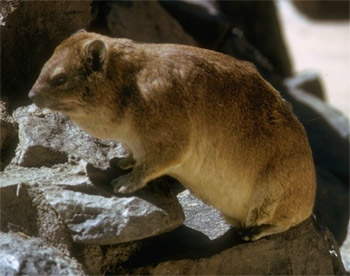From Dana Holyfield I obtained a plaster copy of one of the several track casts made by her grandfather (figure 2). It is clearly not the track of a stereotypical Bigfoot (or sasquatch) whose footprints are “roughly human in design,” according to anthropologist and pro-Bigfoot theorist Grover Krantz (1992, 17). Instead, Ford’s monster tracks are webbed-toe imprints that appear to be “a cross between a primate and a large alligator” (Holyfield 1999a, 9). The track is also surprisingly small: only about nine and three-fourths inches long compared to Bigfoot tracks which average about fourteen to sixteen inches (Coleman and Clark 1999, 14), with tracks of twenty inches and more reported (Coleman and Huyghe 1999).1
Clearly, the Honey Island Swamp Monster is not a Bigfoot, a fact that robs Ford’s and Mills’s story of any credibility it might have had from that association. Monster popularizers instead equate the Honey Island reports with other “North American 'Creatures of the Black Lagoon' cases,” purported evidence of cryptozoological entities dubbed “freshwater Merbeings” (Coleman and Huyghe 1999, 39, 62). These are supposedly linked by tracks with three toes, although Ford’s casts actually exhibit four (again see figure 2). In short, the alleged monster is unique, rare even among creatures whose existence is unproven and unlikely.
 .
.


